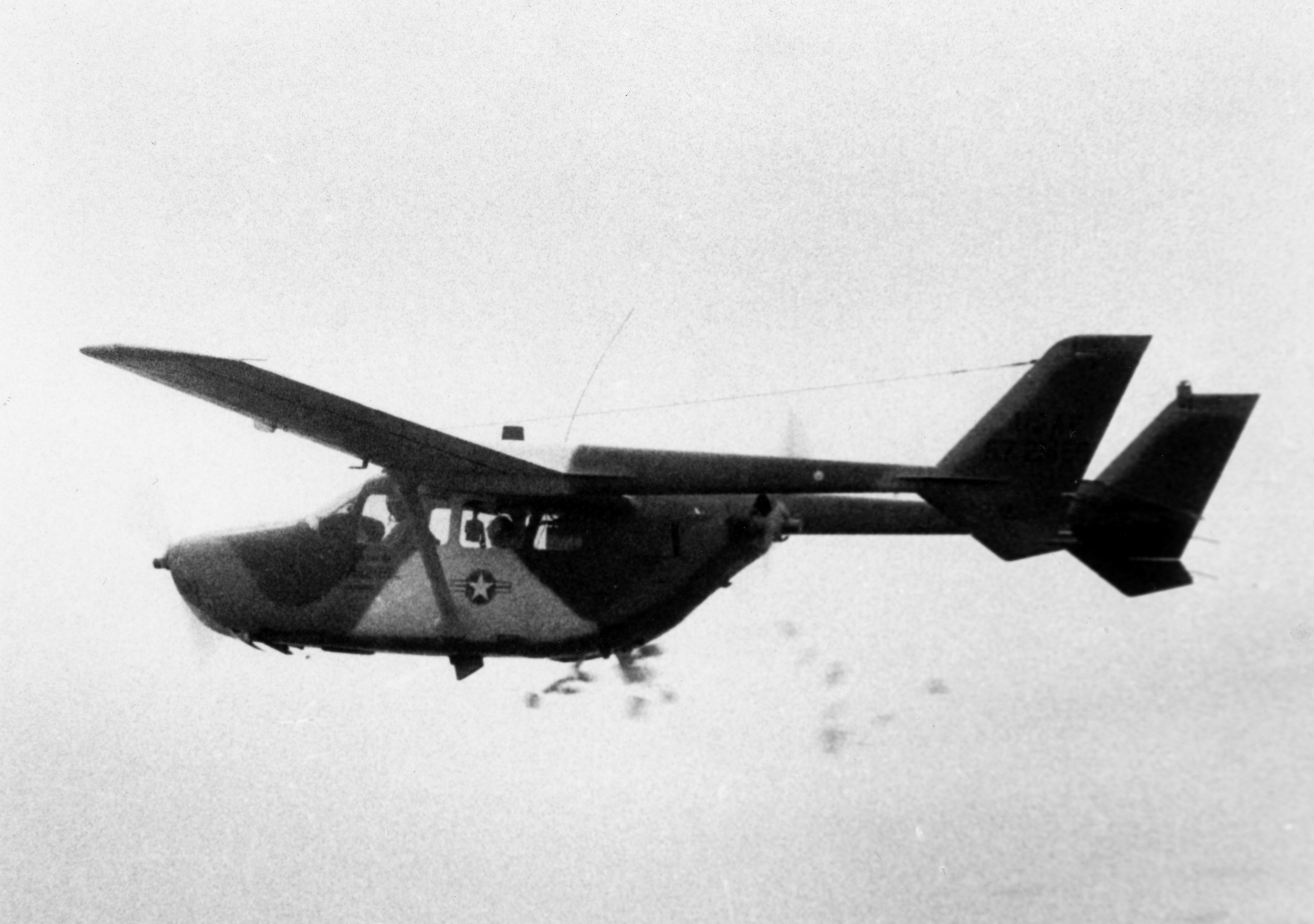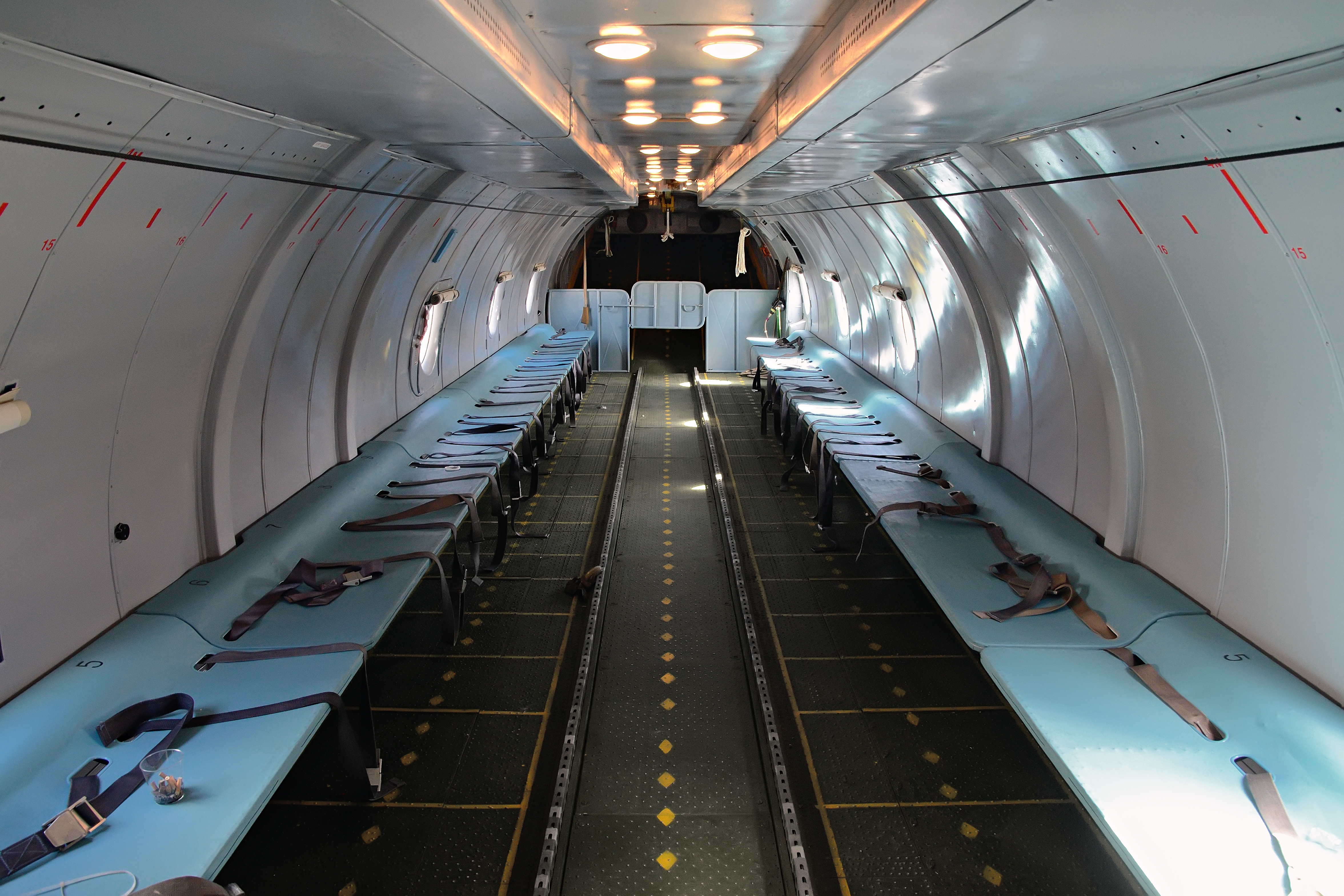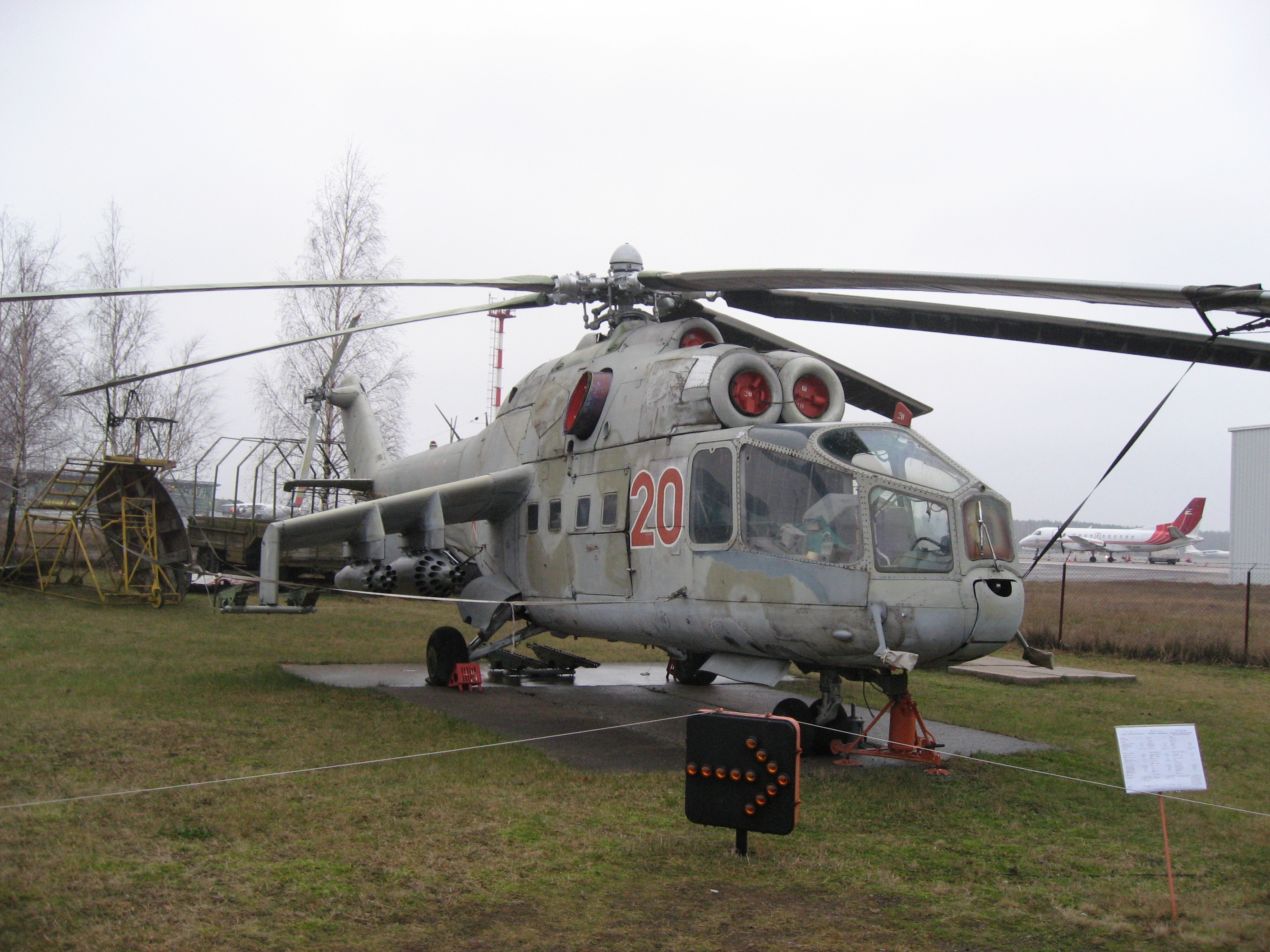|
Namibian Air Force
The Namibian Air Force is the aerial warfare branch of the Namibian Defence Force. It was commissioned on 13 March 2005 at Grootfontein Air Force Base. Accessed 2007/07/27 Following the independence of Namibia from South Africa in 1990, the Air Defence Wing of the Namibian Defence Force was established on 23 July 1994. The Air Force headquarters is located at Karibib Air Force Base. The policy, mission statements and concept of operations envisage the development of an Air Force to operate in support of the Army and the Navy. The five separate roles for the Air Force are: surveillance, transport of personnel and transport of supplies/equipment, support to the civil authorities or civil community, and training. The policy for the Air Force is as follows: To acquire dedicated air assets to undertake the surveillance and transport tasks. The MOD and NDF will train and employ their own pilots and technicians. Co-operation and co-ordination with other Ministries may extend to ma ... [...More Info...] [...Related Items...] OR: [Wikipedia] [Google] [Baidu] |
Teofilus Shaende
Air Vice Marshal Teofilus Shaende is a Namibian military officer who is serving as the commander of the Namibian Air Force since 2020. Civilian career After completing school at Dr. Lemmer High School in Rehoboth, Shaende took employment with the Ministry of Finance as a taxation officer. He resigned to join the military in 1999 as a recruit. Military career Shaende joined the Namibian Defence Force in 1999 and undertook his six–months basic military training at the Osona Military School. After completion he did his private pilot's license at the Westair flying training centre and received receiving his pilots wings in the same year. In 2001 he undertook the formative junior officers course in Okahandja at the military school. In 2003 he then went to Zambia where he did the conversion and operation flying course with the Zambian Air Force. In 2004 he did the Qualified Flying Instructor (QFI) course with the Zambian Air Force. In 2005 he was a Captain and appointed as second ... [...More Info...] [...Related Items...] OR: [Wikipedia] [Google] [Baidu] |
Air Force
An air force in the broadest sense is the national military branch that primarily conducts aerial warfare. More specifically, it is the branch of a nation's armed services that is responsible for aerial warfare as distinct from an army aviation or naval aviation units. Typically, air forces are responsible for air supremacy, gaining control of the air, carrying out Strategic bombing, strategic and tactical bombing missions, and providing support to land forces, land and naval forces often in the form of aerial reconnaissance and close air support. The term air force may also refer to a tactical air force or numbered air force, which is an operational formation either within a national air force or comprising several air components from allied nations. Air forces typically consist of a combination of fighter aircraft, fighters, bombers, Military helicopter, helicopters, Military transport aircraft, transport planes and other aircraft. Many air forces may command and control ot ... [...More Info...] [...Related Items...] OR: [Wikipedia] [Google] [Baidu] |
Chengdu F-7
The Chengdu J-7 ( Chinese: 歼-7; third generation export version F-7; NATO reporting name: Fishcan) is a Chinese fighter aircraft. It is a license-built version of the Soviet Mikoyan-Gurevich MiG-21, and thus shares many similarities with that aircraft. The aircraft is armed with short-range, infrared homing air-to-air missiles and is mainly designed for short range air-to-air combat. The aircraft is also used for close air support. On 30 March 1962, the Soviet Union and China signed a technology transference arrangement pertaining to the MiG-21. Allegedly, while various kits, components, completed aircraft and associated documents were delivered to the Shenyang Aircraft Factory, the design documentation was incomplete, and Chinese designers made efforts to reverse engineer the aircraft. While the two aircraft are greatly similar, areas of difference include the hydraulic systems and internal fuel arrangements. During March 1964, domestic production of the J-7 reportedly co ... [...More Info...] [...Related Items...] OR: [Wikipedia] [Google] [Baidu] |
Cessna O-2 Skymaster
The Cessna O-2 Skymaster (nicknamed "Oscar Deuce") is a military version of the Cessna 337 Super Skymaster, used for forward air control (FAC) and psychological operations (PSYOPS) by the US military between 1967 and 2010. Design and development In 1966, the United States Air Force (USAF) commissioned Cessna to build a military variant of the Model 337 Skymaster to supplement the Cessna O-1 Bird Dog in the role of forward air control. Both the civilian and military Skymasters were low-cost twin-engine piston-powered aircraft, with one engine in the nose of the aircraft and a second in the rear of the fuselage. The push-pull configuration provided centerline thrust, allowing simpler operation than the low-wing mounting of most twin-engine light aircraft, and allowed a high wing to be used, providing clear observation below and behind the aircraft. Modifications made for the military configuration included fore-and-aft seating for a pilot and observer, instead of the six se ... [...More Info...] [...Related Items...] OR: [Wikipedia] [Google] [Baidu] |
Karibib Air Force Base
Karibib Air Force Base is an air base near the central Namibian town of Karibib. Since 2016, the headquarters of the Namibian Air Force are located here. Air Force Command had previously been at the Grootfontein Air Force Base. See also * * *List of airports in Namibia *Transport in Namibia This article deals with the system of transport in Namibia, both public and private. General History The beginnings of organised travel and transport routes in the territory of South West Africa, today Namibia, have not yet been established. This ... References External links OurAirport - Namibia Airports in Namibia Buildings and structures in Erongo Region Military of Namibia {{Namibia-airport-stub ... [...More Info...] [...Related Items...] OR: [Wikipedia] [Google] [Baidu] |
Grootfontein Air Force Base
The Grootfontein Air Force Base is an air base of the Namibian Air Force in Grootfontein, a town in the Otjozondjupa Region of Namibia. The air base is about south of the center of Grootfontein. It was formerly an air base for the South African Air Force. It was also the headquarters of the Namibian Air Force until these were moved to Karibib Air Force Base in 2016. The Grootfontein non-directional beacon (Ident: GF) and VOR-DME (Ident: GFV) are located on the field. Commanding officers Image gallery DF-ST-90-10118.jpg, Entrance gate to the Grootfontein Logistics Base, April 1989. A_C-130_Hercules_aircraft_takes_off_in_the_distance_as_a_section_of_a_Military_Airlift_Command_C-5B_Galaxy_aircraft%2C_foreground%2C_is_silhouetted_by_the_morning_sun_at_Grootfontein_Logistics_Base_DF-ST-90-10129.jpg, A C-130 Hercules aircraft takes off in the distance as a section of a Military Airlift Command C-5B Galaxy aircraft, foreground, is silhouetted by the morning sun at Grootfont ... [...More Info...] [...Related Items...] OR: [Wikipedia] [Google] [Baidu] |
Aerial Warfare
Aerial warfare is the use of military aircraft and other flying machines in warfare. Aerial warfare includes bombers attacking tactical bombing, enemy installations or a concentration of enemy troops or Strategic bombing, strategic targets; fighter aircraft battling for air superiority, control of airspace; attack aircraft engaging in close air support against ground targets; naval aviation flying against sea and nearby land targets; Military glider, gliders, Military helicopter, helicopters and other aircraft to carry airborne forces such as paratroopers; aerial refueling tankers to extend operation time or range; and military transport aircraft to move cargo and personnel. Historically, military aircraft have included lighter-than-air balloons carrying artillery observers; lighter-than-air airships for bombing cities; various sorts of Reconnaissance aircraft, reconnaissance, Surveillance aircraft, surveillance, and Airborne early warning and control, early warning aircraft ca ... [...More Info...] [...Related Items...] OR: [Wikipedia] [Google] [Baidu] |
Harbin Y-12
The Harbin Y-12 ( zh, c=运-12, p=Yùn-12) is a high wing twin-engine turboprop utility aircraft built by Harbin Aircraft Industry Group (HAIG). It is the first Chinese-designed and produced aircraft to receive type certificate from the FAA in March 1995. Design and development The Y-12 started as a development of the Harbin Y-11 airframe called Y-11T in 1980.Gordon, Yefim & Komissarov, Dmitry. Chinese Aircraft. Hikoki Publications. Manchester. 2008. The design featured numerous improvements including a redesigned wing with a new low aerodynamic drag, drag section, a larger fuselage and bonded rather than riveted manufacturing, construction. It also replaced the radial engine, radial reciprocating engine, piston engines with turboprops. The prototype first flew in 1982, followed by about 30 production Y-12 (I) aircraft before a revised version was produced. This was designated the Y-12 (II), which featured more powerful engines and removal of leading edge slats, first flying on ... [...More Info...] [...Related Items...] OR: [Wikipedia] [Google] [Baidu] |
Shaanxi Y-9
The Shaanxi Y-9 () is a China, Chinese medium utility aircraft, utility/military transport aircraft produced by Shaanxi Aircraft Company for the People's Liberation Army. It is a lengthened and upgraded development of the Shaanxi Y-8F. Development Development of the Y-9 may have begun as early as 2002 as the Y-8X program. The program was a collaborative effort with Antonov – the designers of the Antonov An-12, An-12 that it was ultimately derived from – and was aimed at competing with the Lockheed Martin C-130J Super Hercules. By September 2005, the Y-9 designation was being used. The Y-9 received design features originally intended for the Y-8F600, which was cancelled in 2008. Shaanxi had hoped to conduct the first flight as early as 2006, but it was delayed. Design changes were made in 2006, with the design being frozen by January 2010. After the design freeze, it was suggested that the first flight would depend on securing a launch customer; construction had also not yet ... [...More Info...] [...Related Items...] OR: [Wikipedia] [Google] [Baidu] |
Antonov An-26
The Antonov An-26 (NATO reporting name: Curl) is a twin-engined turboprop civilian and military transport aircraft, designed and produced in the Soviet Union from 1969 to 1986.Gordon, Yefim. Komissarov, Dmitry & Sergey. "Antonov's Turboprop Twins". Hinkley. Midland. 2003. It is the third member of the Antonov An-24 family, coming after the An-24 and An-30, while preceding the An-32 and canceled An-132. Development While the Antonov An-24, An-24T tactical transport had proved successful in supporting Soviet troops in austere locations, its ventral loading hatch restricted the handling of cargo, and in particular vehicles, and made it less effective than hoped in parachuting men and supplies. As a result, interest in a version with a retractable cargo ramp increased, and the Antonov design bureau decided in 1966 to begin development on the new An-26 derivative, in advance of an official order. The cargo ramp was based on that design and allowed the cargo deck to be sealed and press ... [...More Info...] [...Related Items...] OR: [Wikipedia] [Google] [Baidu] |
Hongdu JL-8
The Hongdu JL-8 (Nanchang JL-8), also known as the Karakorum-8 or K-8 for short, is a two-seat intermediate jet trainer and light attack aircraft designed by China Nanchang Aircraft Manufacturing Corporation and Pakistan Aeronautical Complex. The primary contractor is the Hongdu Aviation Industry Corporation. Development The JL-8 trainer was proposed as a joint cooperation effort between the governments of Pakistan and the People's Republic of China in 1986. The name was changed on the suggestion of Pakistan's President Zia ul Haq to Karakoram-8 to represent the friendship between the two countries. Work on the design started in 1987 at Nanchang Aircraft Manufacturing Company (NAMC) at Nanchang, Jiangshi Province in South Central China. The Chinese chief designer of the aircraft was Shi Ping (), heading a team of over 100 Chinese Engineers, while Air Cdr Muhammad Younas Tbt (M), SI(M) was the chief designer from the Pakistani side leading a team of over 20 Pakistani enginee ... [...More Info...] [...Related Items...] OR: [Wikipedia] [Google] [Baidu] |
Mil Mi-24
The Mil Mi-24 (; NATO reporting name: Hind) is a large helicopter gunship, attack helicopter and low-capacity transport helicopter, troop transport with room for eight passengers. It is produced by Mil Moscow Helicopter Plant and was introduced by the Soviet Air Forces, Soviet Air Force in 1972. The helicopter is currently in use by 58 countries. In NATO circles, the export versions, Mi-25 and Mi-35, are denoted with a letter suffix as "Hind D" and "Hind E". Soviet pilots called the Mi-24 the "flying tank" (), a term used historically with the famous World War II Soviet Ilyushin Il-2#"The Flying tank", Il-2 ''Shturmovik'' armored ground attack aircraft. Other common unofficial nicknames were "Galina" (or "Galya"), "Crocodile" (), due to the helicopter's camouflage scheme, and "faceted glass, Drinking Glass" (), because of the flat glass plates that surround earlier Mi-24 variants' cockpits. Development During the early 1960s, it became apparent to Soviet designer Mikhail Mil th ... [...More Info...] [...Related Items...] OR: [Wikipedia] [Google] [Baidu] |







